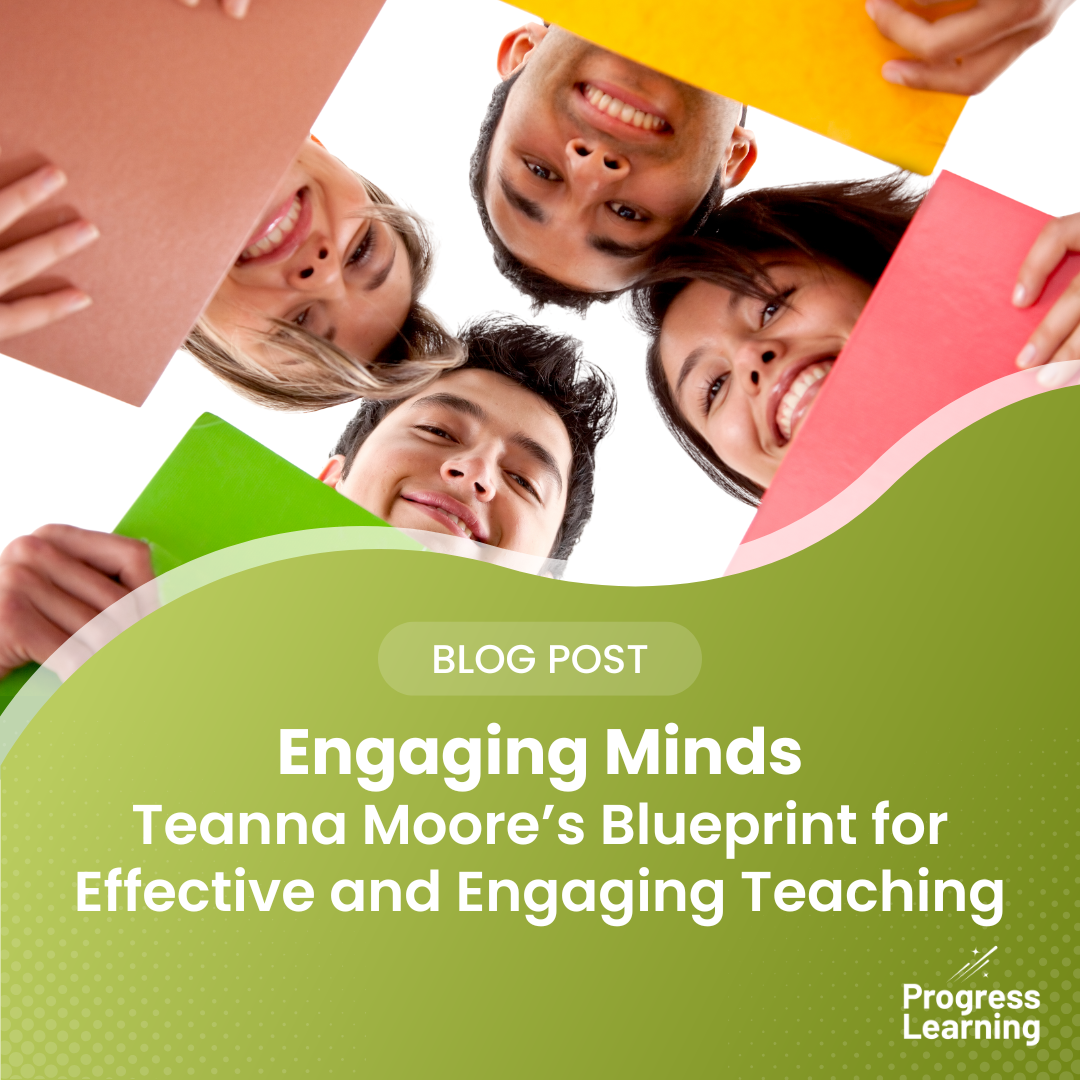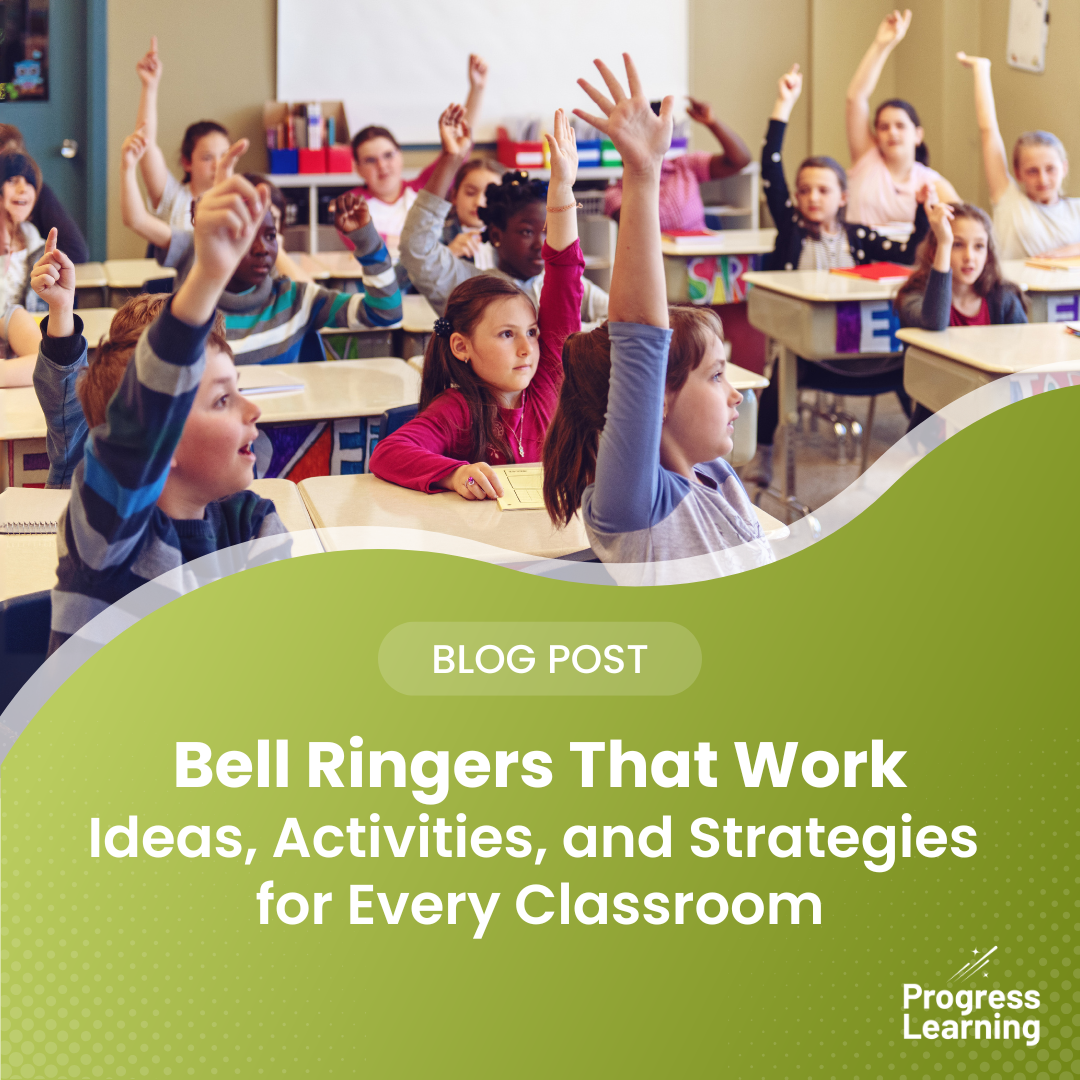Make the Last 20 Days Count: How Schools Are Using Progress Learning to Finish Strong
As the school year draws to a close, educators everywhere face a familiar challenge: how to maintain student focus, motivation, and achievement during the final stretch. These last 20 days are often packed with celebrations, assessments, and interruptions—but they also offer a powerful window for reinforcing learning, addressing unfinished standards, and setting students up for success in the year ahead.
Instead of slowing down, many schools are using Progress Learning to accelerate growth, deepen engagement, and finish the year with purpose. Here’s how.
1. Create Momentum with Active Learning Stations and Real-World Projects
In the final weeks, schools are moving away from passive review toward active, hands-on learning. Teachers are turning classrooms into learning labs with rotating stations focused on different subjects or standards. Others are embracing project-based learning that connects classroom content to real-world scenarios.
For example:
- A 5th-grade team in Texas used Progress Learning to create a “STAAR Boot Camp” with rotating stations: one focused on data analysis with real-time reporting, another on video-based mini-lessons, and a third on gamified practice questions targeting TEKS standards.
- A middle school science class in Georgia launched a “Save Our Planet” project. Students used Progress Learning to review key science concepts, then created presentations proposing solutions to environmental issues—reinforcing standards while building communication skills.
With over 200,000 standards-aligned items, Progress Learning makes it easy to build review stations and inquiry-driven activities based on actual data.
2. Tap Into Gamified Learning to Sustain Engagement
Gamification isn’t just a distraction—it’s a strategy for focus and persistence. As attention spans wane, teachers across the country are turning to Progress Learning’s built-in reward systems to keep students motivated through the last day of school.
At a Florida elementary school, teachers organized a “Galaxy Stars Challenge.” Students earned stars by mastering standards in their study plans. Classrooms with the most stars each week won extra recess, movie time, or a game day.
In a North Carolina middle school, students used Galaxy Stars to compete in a “Review Bowl,” with weekly challenges tied to progress in math and reading. One 8th-grade student who had been disengaged most of the year ended up leading the scoreboard for her class—just by mastering content she’d previously avoided.
The takeaway: when rewards are tied to learning and progress, students stay invested.
3. Make Reflection and Student Voice Central
The end of the year is a natural time for reflection—and not just in a journal. Schools are asking students to reflect on their academic growth, challenges, and goals in ways that are visible, authentic, and empowering.
Here’s how:
- A 6th-grade teacher in Virginia had students use their Progress Learning dashboards to identify three standards they mastered this year and one they want to improve next year. They created “Learning Portfolios” that included screenshots, reflections, and next-step goals.
- A high school in Alabama had students design “Test-Taking Tip” posters using insights from their Progress Learning performance. One student shared, “I always rush through multiple-choice, but my review score dropped when I didn’t double-check.”
This kind of student-led analysis builds metacognition and ownership—and Progress Learning’s real-time feedback makes it possible.
4. Leverage Flexible Learning Spaces and Student Choice
In May, traditional instruction can feel stale. Schools are rethinking classroom structures to empower students with autonomy and flexibility.
Some examples:
- Teachers in Colorado converted their classrooms into “Choice Zones” during the last two weeks. Students chose which standards to review using their Progress Learning study plans, with options to work solo, with a partner, or in a teacher-led small group.
- An 8th-grade ELA teacher gave students the option to review standards through choice boards: podcasts, video scripts, debates, or traditional assessments—all linked to skills identified in their Progress Learning diagnostic reports.
By giving students voice and choice—supported by clear learning goals—educators saw fewer behavior issues and more genuine engagement, even in the final days.
5. Celebrate Progress with Data That Tells a Story
End-of-year celebrations don’t have to be all about cupcakes and certificates. Across districts, schools are hosting data celebrations, growth showcases, and student-led conferences using Progress Learning’s easy-to-use reports.
Ideas in action:
- In Texas, educators hosted a Liftoff celebration for students who had completed their adaptive learning paths or shown major growth. The “Liftoff Party” included music, snacks, and a public recognition of students’ hard work.
- In Tennessee, a 4th-grade teacher printed individual growth charts from Progress Learning and hosted “Glow-Up Celebrations,” where each student shared something they improved on this year—whether it was mastering a tough standard or improving quiz accuracy.
- A principal in Oklahoma used campus-wide Progress Learning usage and performance data to spotlight high-performing classes at a year-end assembly, giving a shout-out to teachers who had led gains in core subjects.
Because Progress Learning aligns with state standards and mirrors test formats, these wins are meaningful—and motivating—for students and teachers alike.
6. Bridge the Gap to Summer and Next Year
The summer slide is real. The last few weeks are the perfect time to plant seeds for ongoing learning.
Some schools are:
- Creating optional summer study plans in Progress Learning that focus on priority standards.
- Hosting family info sessions on how to access Progress Learning at home.
- Encouraging students to set “Summer Growth Goals” based on their current performance.
And because Progress Learning doesn’t charge per student, schools can scale this without worrying about access limits—making summer learning equitable and realistic.
While it may be tempting to ease off the gas, these final days are among the most impactful of the year. With Progress Learning, educators can deliver individualized instruction, celebrate growth, and engage students through the finish line.
It’s not about cramming more in—it’s about using what works. Let’s end the year strong, together.
Make sure you’re signed up for more tips on making the most out of Progress Learning by subscribing below.


